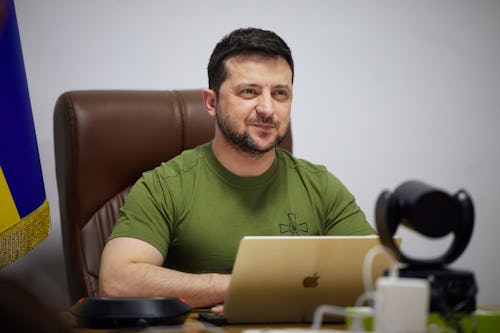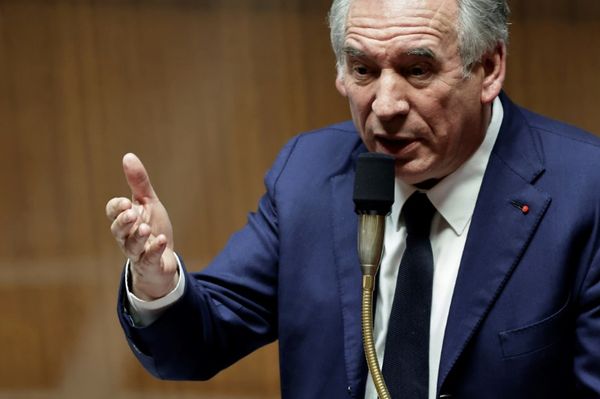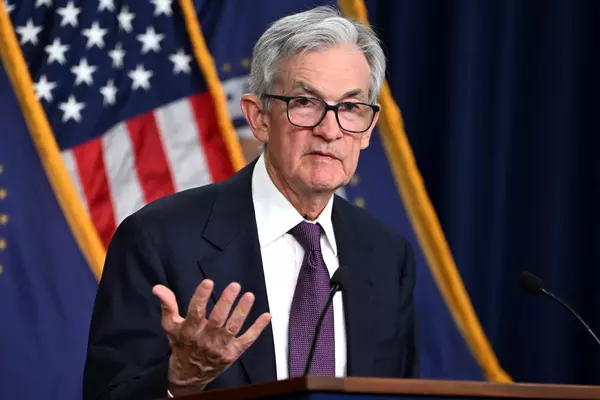
A deepfake video of Volodymyr Zelensky, president of Ukraine, was published on Twitter early this morning. At the time of this writing — approximately six hours after the video’s posting — it has accumulated more than 2,000 likes and nearly 1,000 retweets; it’s been viewed about 90,000 times.
The account that posted the deepfake seems not to belong to the person that created the video, as the same account replied to the original tweet with commentary on just how unrealistic the deepfake is. That reply tweet (as translated from Ukrainian to English by Google Translate) comments on the mismatched skin tone, uneven pixel density, proportions of the head and body, and the voice as obvious signs that the video has been digitally altered.
While the video is, indeed, of relatively low quality, it’s alarming that the video has been allowed to live on Twitter for as long as it has. No manipulated media label has been applied. Satirical or not, the tweet could easily mislead viewers into believing this is actually an announcement from the Ukrainian president.
Bad, but good enough —
As far as contemporary deepfakes go, the quality of this one is really very shoddy. Those on the lookout for such fakes won’t have much trouble discerning that this is not, in fact, Zelensky. The technology for really convincing deepfakes has improved massively over the last year or so — just take a look at this Tom Cruise deepfake, for example.
Even poorly made deepfakes are dangerous, though. People are generally not very good at identifying deepfakes. Many internet users are willing to trust that a video of a public figure is actually that public figure without further investigation.
It stands to reason that, satirical caption or not, this deepfake will be taken out of context. And we’re not just talking about any public figure here. This is the leader of a country that is currently being invaded supposedly asking to retreat and surrender. It’s a situation with mortal consequences.
Twitter's dropping the ball —
Creating war-bound deepfakes is one thing; allowing them to be shared across your platform is another entirely. Twitter should have already taken action on this video, either by slapping a label on it or taking the tweet down entirely.
Way back in February 2020, Twitter instituted a stricter policy around manipulated media. The outcome of that policy depends greatly on whether or not the content is likely to “impact public safety or cause serious harm.” Given that we are talking about a political leader trapped in the middle of a deadly war, the answer to this question seems apparent.
Without labelling this as manipulated media, the deepfake video can be re-shared across Twitter without any indication of its context. Some viewers will undoubtedly take deepfake-Zelensky’s statement here as truth.







